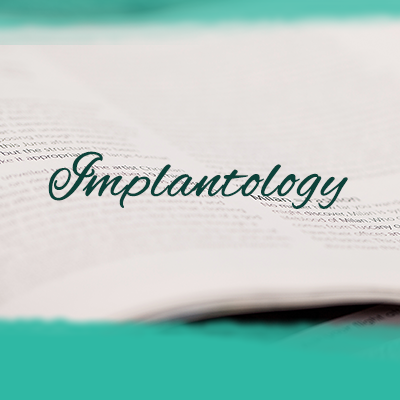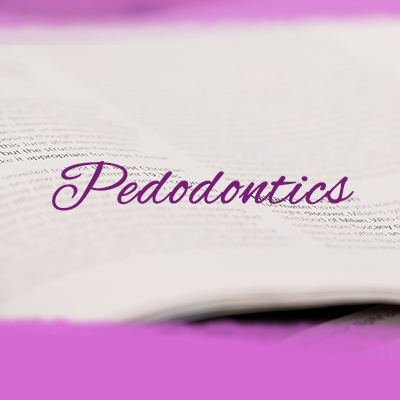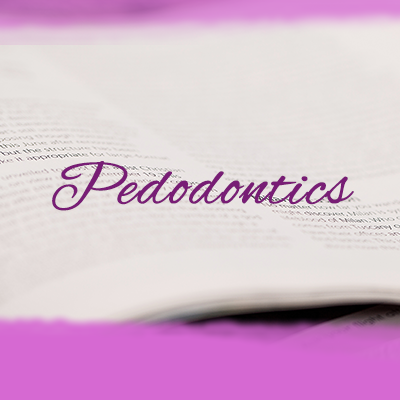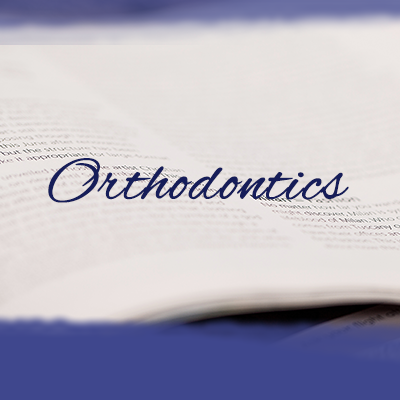The biological width around implant
The concept of biological width has been proposed and widely used in oral implantation. This review aimed to summarize the biological width around implant in detail.
• Study selection: An electronic search of the literature prior to March 2019 was performed to identify all articles related to biological width in periimplant soft tissue. The search was conducted in the MEDLINE (National Library of Medicine) database accessed through PubMed with no date restriction. The following main keywords were used: “implant”, “biological width”, “soft tissue”, “junctional epithelium”, “peri-implant epithelium”, “connective tissue”, “gingiva”, “mucosa” (connecting multiple keywords with AND, OR).
• Results: The identified researches focused on several aspects related to biological width in oral implantation, namely the concept, formation, remodeling, dimension, structure and function.
• Conclusions: Based on of the reviewed literature, the concept, formation, remodeling, structure, dimension, and functional significances of periimplant biological width are explored in this narrative review.
The formation of biological width around implant is a complex process after several weeks of healing. The biological width around implant is a 3-4mm distance from the top of the peri-implant mucosa to the first bone-to-implant contact or the stabilized top of the adjacent bone, consisting of sulcular epithelium, junctional epithelium and fibrous connective tissue between the epithelium and the first bone-to-implant contact or the stabilized top of the adjacent bone.
The biological width forms a biological barrier against the bacteria, influences the remodeling of soft and hard tissue around implant and has implications for clinical aspects of dental implantation





